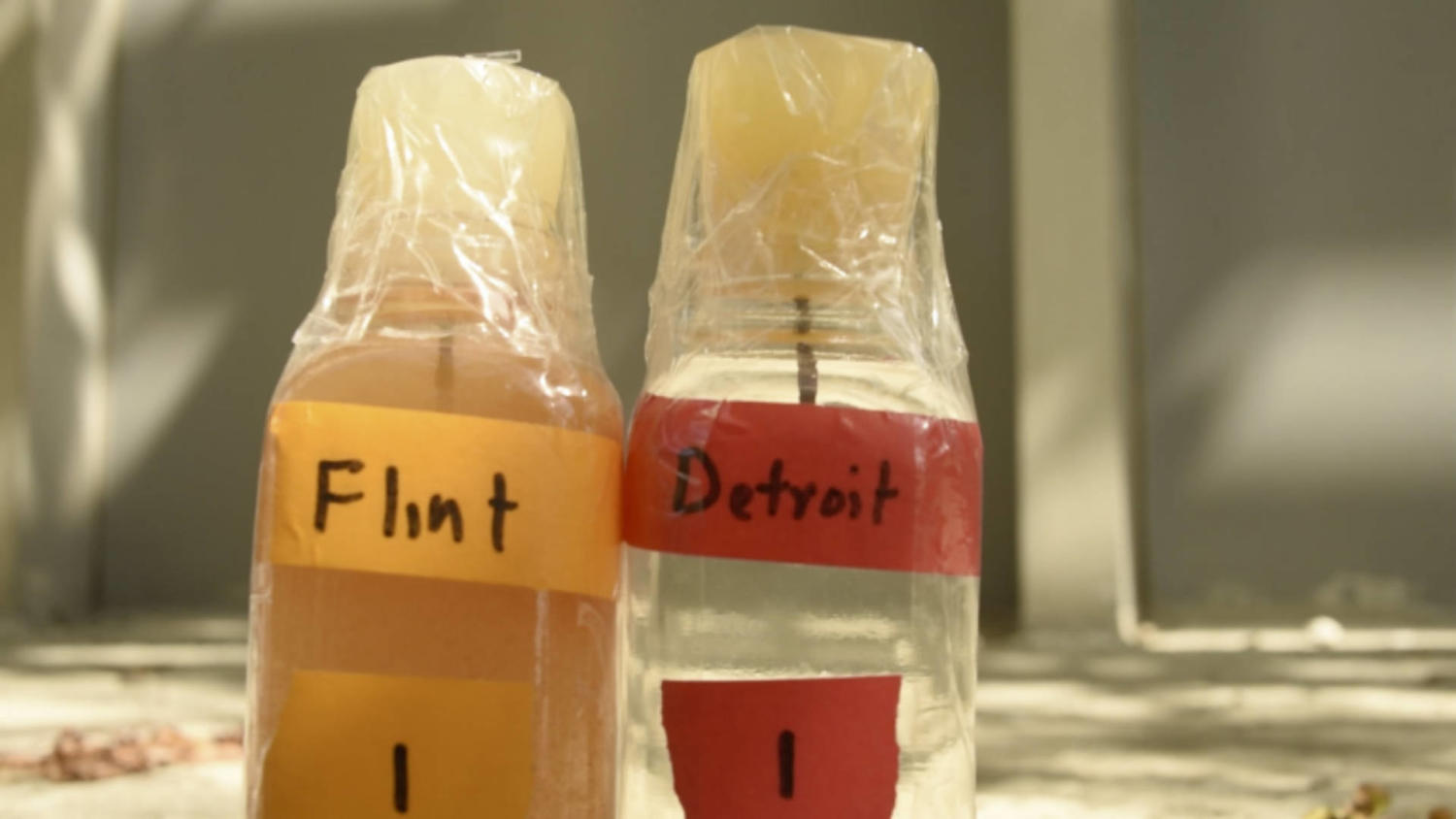
By, Meghan Byrne |Writer
December 13, 2017
Virtually every American has heard of the Flint water crisis, in which residents of the Michigan city began to report strange smells, tastes, and even colors in their water. The catastrophe made headlines in 2015, when Flint’s citizens began to suffer ill health effects as a result of lead poisoning. All across the news, stories about the crisis portrayed the devastation it brought, with a special emphasis on families impacted by the toxic water. Children suffered seizures, developmental issues, and memory problems. Tales like these tugged on the heartstrings of the American people, moving them to open their hearts and their wallets. As donations poured in to help bring clean water to Flint, Michigan, it seemed for a moment that things were going to be okay.
By the way that the story disappeared from both corporate media and social media, one would think that Flint residents found a happy ending: a source of clean water, a long-term solution to this public health disaster. But despite various studies and investigations exploring the cause and consequences of the crisis, the people of Flint still have no access to clean water.
Most of America has been blissfully unaware of the persistence of the problem in Flint. “I had no idea,” says Drew Henry, a senior at San Clemente High School. In the same vein, SCHS junior Johnny Wannamaker says that he had heard nothing of the crisis in Flint for “about six months to a year.” So why hasn’t the media been talking about this?
Flint’s population is largely lower-class black Americans, a demographic whose interests are generally underrepresented in the media. For this reason, it was difficult for the issue to draw public attention in the first place. The mainstream media functions as a business, seeking to draw in readers with breaking stories and recent developments, so once the story was out to the public, media corporations sought out newer, more captivating leads.
But for the people of Flint, this nightmare seems never-ending. Because so many residents of Flint are poor, they cannot afford to flee their current situation; homes in the city do not sell, for obvious reasons. Though many would like to escape the lead-contaminated water, this option is simply not feasible for most.
However, there are still ways for outsiders to help bring hope and clean water to the city. Simply spreading awareness that this problem persists serves as a great step in the path toward a solution, but there are also means to donate to the cause in Flint. The Flint Water Fund purchases bottled water, filters, and other resources to help aid in relief efforts. The Flint Child Health and Development Fund focuses on helping the vulnerable infants and toddlers impacted by the lack of access to clean water. This organization accepts online donations as well as gifts by mail. Clean, drinkable water is a basic need for all people, so it is important that the people of Flint, Michigan know they are not alone and that there is a light at the end of the tunnel.

Leave a Reply